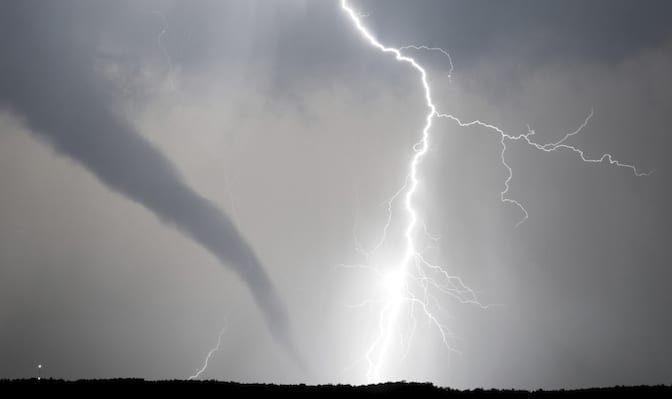Latest News

Photo: Ball Aerospace
The National Oceanic and Atmospheric Administration (NOAA) issued four, six-month contracts to Ball Aerospace for studies related to mission, spacecraft, and instrument concepts for future operational weather architectures and Earth Observation (EO) capabilities.
The five study contracts include: the Auroral Imager in Tundra project that Ball is working on with Computational Physics; the Ball Operational Weather Instrument Evolution Microwave (BOWIE-M) concept study to evaluate its baseline design, performance, and cost; a BOWIE Compact Hyperspectral Infrared Observations (CHIRO) concept study; and a BOWIE Low-Earth Orbit (LEO) IR Sounder study for compact instrument designs to meet NOAA’s atmospheric vertical temperature and moisture profiling requirements.
Ball Aerospace is also collaborating on a fifth joint LEO Sounding Mission study contract awarded to L3Harris Technologies with L3Harris and PlanetiQ. The work will include the evaluation of an all-industry small satellite mission, featuring both microwave and infrared sounding instruments. L3Harris also received four NOAA study contracts.
“Operational weather satellites are a critical part of the nation’s infrastructure, playing a key role in keeping the public safe and the economy strong by enabling forecasters to predict and reduce the impacts of extreme weather events,” said Dr. Makenzie Lystrup, vice president and general manager of Ball Aerospace’s Civil Space division. “Through close coordination with the broader weather community, Ball developed a series of innovative technology and mission solutions to meet NOAA’s most critical space-based observational needs in an affordable and sustainable way, and these studies are a continuation of this effort.”
In addition to its work for NOAA, Ball is also currently manufacturing a Weather System Follow-On satellite for the U.S. Space Force.
Get the latest Via Satellite news!
Subscribe Now